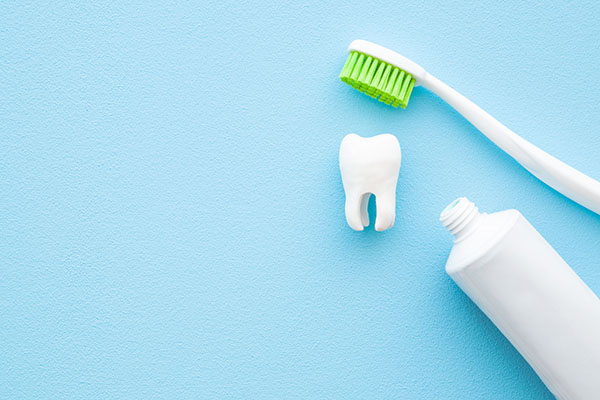Can Metal-Free Fillings Be Used on Back Teeth?

Metal-free fillings have long been the restoration option of choice for front teeth. You have a cavity on one of your back teeth, though, and you want to know if you can still use composite resin to fill it. You prefer this material since it blends with your natural teeth, but you are unsure if it is an option. Get the details on using composite resin fillings on the back teeth.
Using metal-free fillings on the back teeth
At one time, metal-free fillings were only recommended for the front teeth. These fillings could not withstand the pressure of hard chewing and were prone to cracking and breaking. Now, though, dentists use durable materials when creating composite resin fillings. These fillings can withstand pressure from biting and can be applied to any of the teeth.
The size of the filling
While composite resin fillings can be used on back teeth, this is only the case if the tooth has small to moderate amounts of decay. If a large portion of the tooth needs to removed, another restorative option will be needed. Silver amalgam and gold can be used for teeth with large amounts of decay, but some people do not care for these options. The fillings are very noticeable, and that makes some people uncomfortable. Dental inlays and onlays are also options. Dentists take impressions of the teeth and send them off to a lab where a tooth-colored inlay or onlay to go on the tooth is created.
The filling process
Metal-free fillings for the back teeth take longer to place than metal fillings do. The dentist begins the process by removing saliva from the area. Then, the dentist removes the decay. Dentists only remove the damaged part of the tooth for this type of filling. This allows people to keep more of the natural tooth than would be possible with a metal filling.
After the decay is removed, the dentist places the first layer of composite resin and uses a light to harden it. Once a layer is hardened, a new layer is added until the hole is completely filled. The dentist then shapes the resin, so it matches the other tooth. While it takes slightly longer than placing a metal filling, many people are pleased with the results.
How long do composite resin fillings last?
Composite resin fillings are made of stronger material than in the past, but the restorations still do not last as long as silver amalgam fillings. Metal fillings tend to last between 10-15 years, while composite resin fillings usually last for 5-10 years. However, proper care can extend the life of these fillings to 12 or more years.
Choosing metal-free fillings
If you have a small to moderately sized cavity on your back tooth, you can get a composite resin filling. The dentist will place the filling in layers and shape it to look like your tooth. The dentist will also take special care to match the color of the filling to your teeth’s natural color. If you think you are a good candidate for one of these fillings, your dentist will examine you to make sure. Then you can move forward with the filling.
Are you considering metal-free fillings in the Delray Beach area? Get more information at https://www.palmbeachdentistry.com.
Check out what others are saying about our services on Yelp: Read our Yelp reviews.
Recent Posts
One essential step a person can take to prevent receding gums is to maintain excellent dental hygiene. Most individuals often neglect their gums and focus on dazzling, pearly white teeth when it comes to oral health. However, having healthy gums is just as important as having healthy teeth.Gum recession has the potential to cause tooth…
Receding gums can be a sign that you have gum disease. It can also be a sign of poor brushing habits or using a toothbrush that is too hard. receding gums leave teeth roots exposed to acids made by oral bacteria, increasing their risk of decay.Teeth roots do not have an outer layer of enamel…
Receding gums are defined as the loss of gum tissue or retraction of the gingival border from the tooth, exposing the tooth's roots. Gum recession is prevalent among adults, although symptoms may appear as early as adolescence. It is essential to pay attention to the signs to get treatment and begin your journey towards recovery.The…
Implant restoration plays a vital role in restoring the appearance and function of a complete smile after tooth loss. Dental implants provide a strong, stable foundation, and the restoration process completes the treatment by adding a custom crown, bridge, or denture to complete the treatment. Implant restoration enhances aesthetics, chewing ability, and long-term oral health,…


